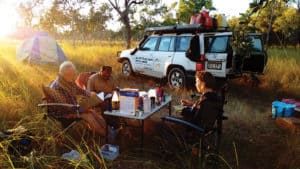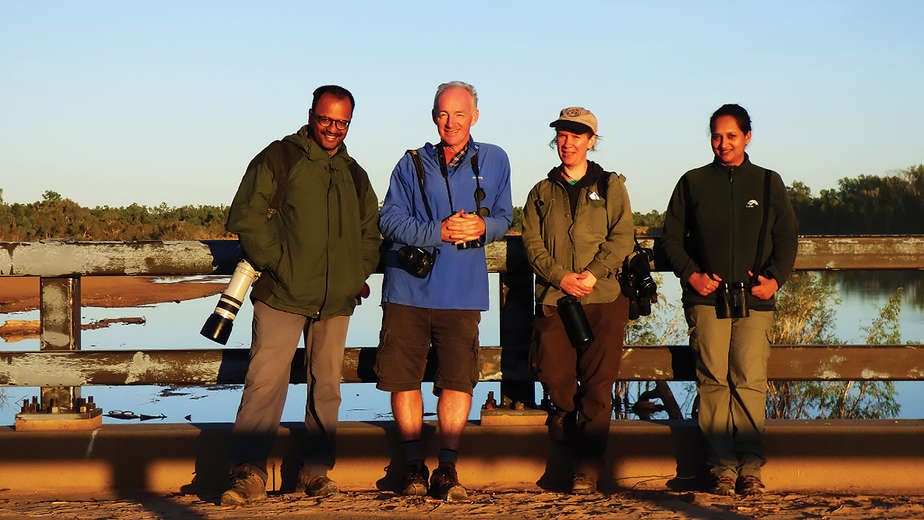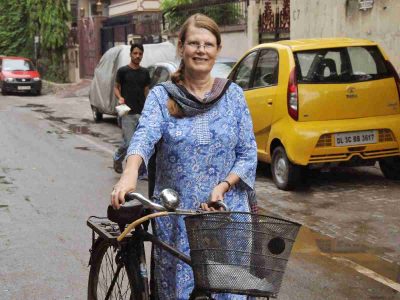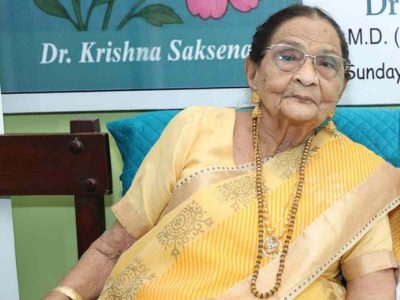Gopi Sundar and Swati Kittur are doing world-class research on big birds and their ability to co-exist with humans. Recently they were in Australia for an arduous project
KS Gopi Sundar and Swati Kittur, a couple from Bangalore, make an incredible team. They mostly nest in Delhi or Udaipur, if they are not flying across the globe conserving habitats of big birds like cranes, stork and flamingos.
These scientists par excellence have done more good than anyone else in the country to understand and conserve that majestic bird, the crane. Sundar is the director of Program SarusScape of the International Crane Foundation.
Their love for birds and ecology has shaped their career, which over the years, has become a passion. For more than 10 years, they have been carrying out world class research on crane habitat in India. Their expertise is now required in the other parts of the world. In their spare time, they breed butterflies on their terrace. Since wildlife shares its habitat with millions of humans, they believe that a credible and long-term ecological solution would be to find ways for healthy coexistence.
Sarus crane is a popular bird in Indian mythology, held in veneration for the lifelong bonds the species forms as couples.
Sundar and Kittur explored it scientifically and found it even more fascinating than its mythological manifestation. A few years ago, they found that the Gangetic floodplains, one of the world’s four most intensively cultivated areas, despite being one of the most densely populated regions in the world, support a huge crane population.

A study that covered as many as 24 districts of Uttar Pradesh (UP), showed that birds are considered friends in traditional farming practices, where there is an absence of mechanised ways of farming. The socio-cultural milieu in this part of the world has not changed much in 10,000 years, where the idea of coexistence is integral to the belief system. Instead of erecting scarecrows, farmers allow birds to feed off the farmland even if that means some crop damage, as they are the harbinger of prosperity and God’s blessings. The idea is essentially to harmonise man’s need for sustenance with nature, sort of an ecological version of the region’s ‘Ganga-Jamuni tehzeeb’.
“The ability of wild animals to live amongst humans and persist on landscapes that experience intensive conversion to fulfil human needs provide hope for long-term conservation of many species,” says Sundar. The primary interest of their research is to understand how this coexistence can be achieved, where and when is this coexistence not possible and to figure out if this coexistence can be introduced in areas where they may currently be weak.
This pursuit, most recently, took them to Australia. They put together a great team of field and laboratory experts for this rather treacherous mission. They were to survey 3,000 km of the world’s largest savanna in northern Queensland to explore the possibility that the two closely-related cranes–Sarus cranes (Antigone antigone) and Brolga (A. rubicunda) — live ‘sympatrically’ (when two related species or populations existing in a geographic area frequently encounter one another).
Usually, this happens when an initially interbreeding population splits into two or more distinct species.
Hardly any study had been conducted on the coexistence of the two species together to uncover insights into the cranes’ ecology and needs. The reason for the absence of any prior study is not difficult to ascertain. They breed in the most inaccessible flood-prone parts, infested with snakes. This study was necessitated for better understanding of the ecological requirements of each crane species, as a large-scale development project is envisioned for the region that in all likelihood will have a major impact on flora and fauna, including cranes.
“We carried out a multi-floodplain landscape-scale survey during April-May 2017,” he says. Sundar and Kittur, with their team, were able to derive metrics, the very first time, of several ecological aspects for both the crane species.
It was found that the abundance of the two species differed between the floodplains — sarus preferred four riverine Eucalyptus-dominated ecosystems, while Brolgas preferred two non-wooded ecosystems. They form a prolific breeding population, higher than past estimates anywhere else, nest initiation is tied to rainfall patterns, with 60% of Sarus pairs and 50% of Brolga pairs fledging chicks, and thus were dominating the regional ecosystems. Sarus are more diverse in terms of what they eat compared to Brolgas, while Brolgas fed across a wider range of trophic levels. The diverse habitats and varying diet appear to facilitate the coexistence, the study was also able to identify variations in social structure between the two species.
Sundar and Kittur, while involved in intense fieldwork and research, deriving joys of life close to nature. Seeing birds gives them happiness. Like Sundar recollects, flocks of back-breasted weavers—easily 2,000 strong—that they encountered in one of their field trips to the hinterland of UP. In its feeding frenzy, oblivious to the farmers tilling the soil nearby, the flock eclipsed the sky and blocked the path. “They are mostly seed-eaters,” Sundar says, adding, “But it was impossible not to think ‘Hitchcock’ when the flock took off at one point and flew at me.”





